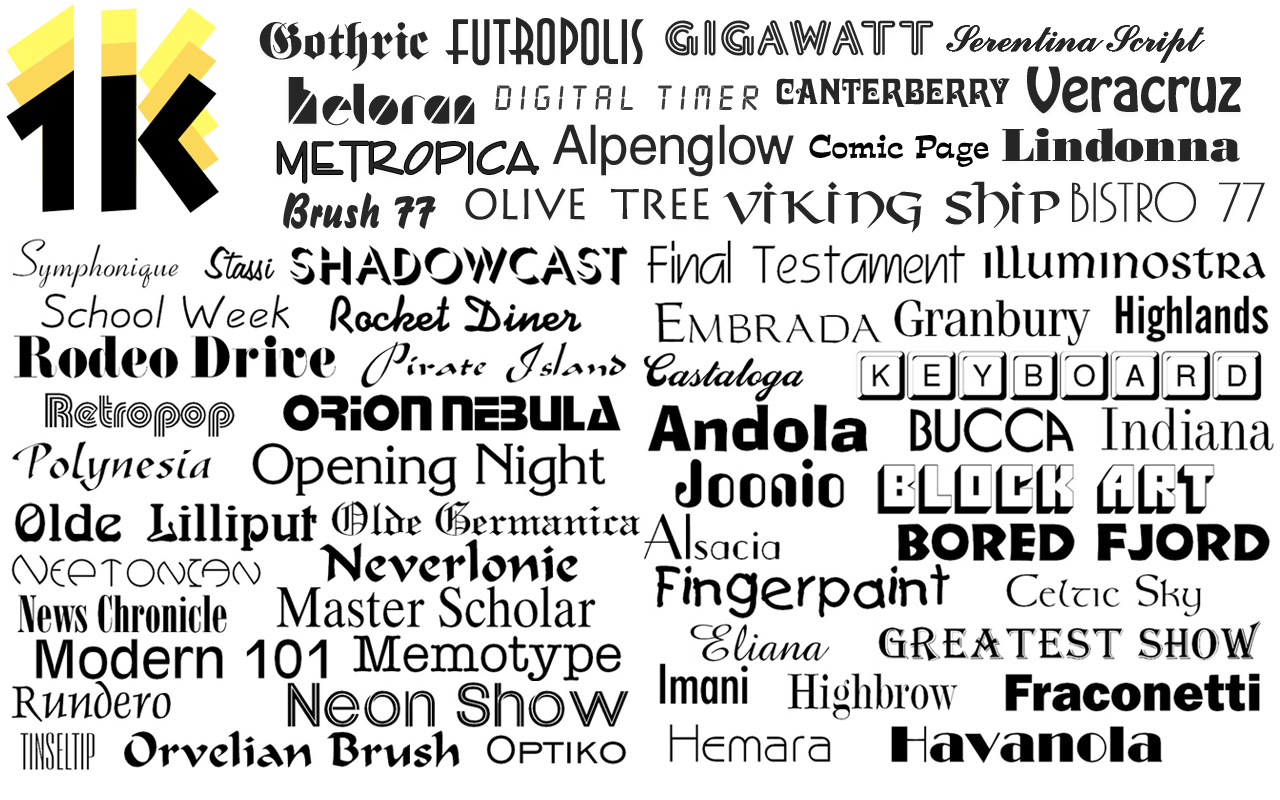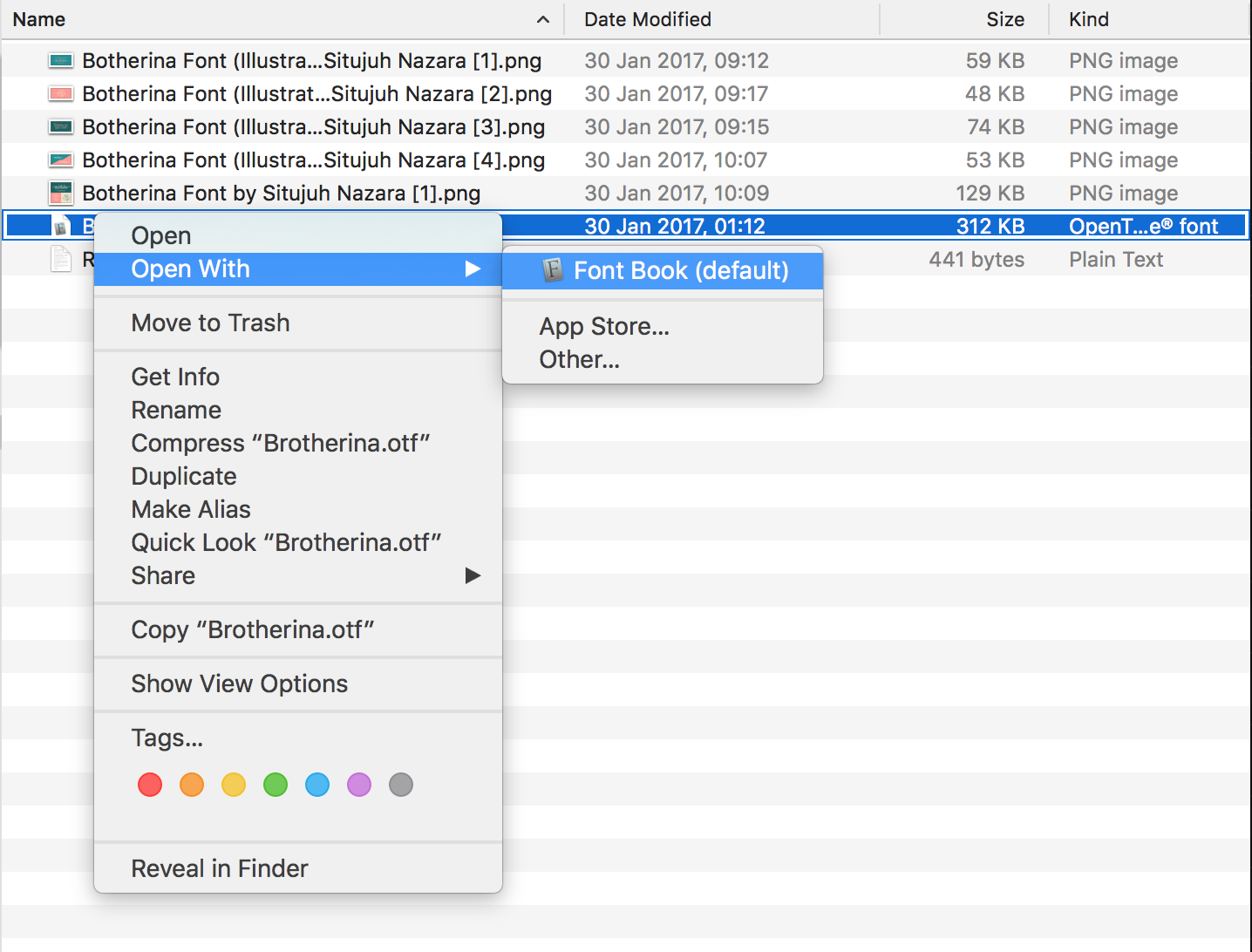

(If the Zip archive doesn’t expand automatically, double-click it.) You can install fonts into Font Book, Apple’s bundled font management utility app, in three ways:

ttc extension) along with a ReadMe or license file. When you download a font, you’ll usually get a Zip archive, that, when expanded, includes the actual font file (the one with the. macOS supports both, and both work fine, though if you have a choice, note that professional designers prefer OpenType. ttc, whereas OpenType fonts may use the same filename extensions or use. TrueType fonts generally have the filename extension. You’re likely to find fonts in one of two font formats: TrueType and OpenType. Getting and installing new fonts is easy.

However, despite the fact that there are oodles of fabulous fonts available for free download (at least for personal use), many people don’t realize just how worthwhile it can be to go beyond the fonts that ship with macOS. Over the years, font formats and how you work with fonts have changed, though things have remained fairly stable since Mac OS X became mature. Back in the 1980s, the thing that set Macs apart from PCs more than anything else was the Mac’s support for different fonts.


 0 kommentar(er)
0 kommentar(er)
